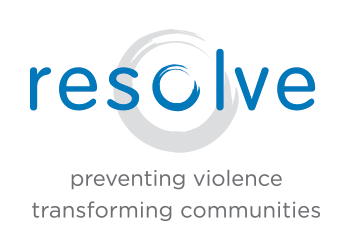Recently, the White House Task Force to Protect Students from Sexual Assault announced a series of actions to: (1) identify the scope of the problem on college campuses, (2) help prevent campus sexual assault, (3) help schools respond effectively when a student is assaulted, and (4) improve, and make more transparent, the federal government’s enforcement efforts.
These are all fantastic steps, and a huge growth in efforts and attention after several courageous survivors exposed the gross neglect and response to sexual assault on college campuses.
So, what is missing? Women. All of the prevention efforts are focused on bystander education and men’s intervention.
This is great, and all of us in the violence prevention arena agree that it takes men and women working together to end the cycle of violence. The vast majority of men are good. Most people want to help, and just need to learn how. Changing social norms through education about consent and bystander education is something IMPACT does and collaborates with others in the community to do as well.
However, research has shown that traditional gender role norms contribute to a culture that permits sexual violence. And yet, this important effort to end sexual violence is promoting an approach that does just that. Instead of men as perpetrators, it attempts to replace that with men as protectors and interveners. In both scenarios, women are still cast as victims without agency, with men in control.
As our colleague Martha Thompson at Impact Chicago writes, “The message of the White House Task Force that women should focus their attention on awareness of risks and avoiding danger because only men can stop another man from rape and sexual assault is an obsolete message.”
Those of us who work with survivors know of the incredible strength they have. It takes strength to come forward and report. It takes strength to break patterns; to risk losing one’s social status or job; to jeopardize relationships with family and friends; it takes strength to tell complete strangers some of the worst moments of your life.
Women and others targeted for sexual violence have an incredible amount of strength. That strength can be used for preventing violence as well. Women are also able to act as active bystanders. And research repeatedly shows that resistance is effective in reducing the likelihood of an assault being completed, and that resistance does not “make a situation worse.”
We need to examine prevention efforts to be sure they don’t contain echoes of the same gender norms that create gender-based violence in the first place. I greatly appreciate the avoidance of victim-blaming in the White House report, but excluding women entirely is not the answer. Instead, we need to engage women and others targeted for violence in prevention efforts that do not buy into oppression.
It is crucial that we, as a society, develop a comprehensive solution to ending sexual assault – one that includes all genders and one that emphasizes community change as well as individual agency.
